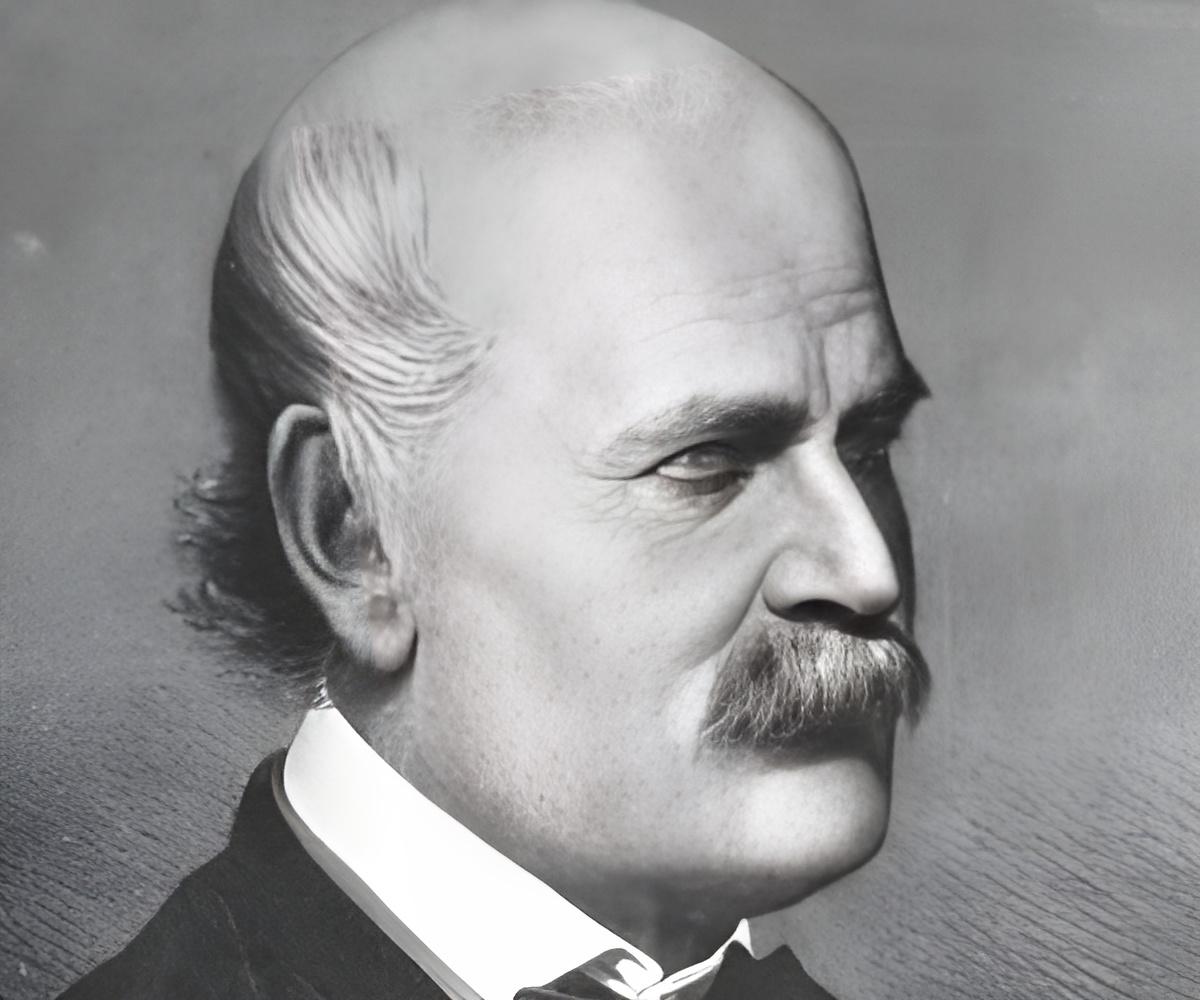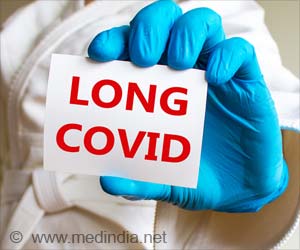It’s time to wash hands to keep deadly coronavirus at bay. Google Doodle is proud enough to honor Ignaz Semmelweis, a famous German-Hungarian physician, and scientist who first proposed the importance of hand washing in 1847.

‘It’s time to wash hands to keep deadly coronavirus at bay. Google is proud enough to honor Ignaz Semmelweis, a famous German-Hungarian physician, and scientist who first proposed the importance of hand washing in 1847.’
Read More..




Celebrating the efforts of Dr Ignaz Semmelweis in the times of hand sanitizing and cleanliness to prevent the spread the germs on top of every human's mind of Earth. Read More..
Born in 1818, Semmelweis was an early pioneer of antiseptic procedures.
He discovered that the incidence of puerperal fever (also known as "childbed fever") could be drastically cut by the use of hand disinfection in clinics.
Puerperal fever was common in mid-19th-century hospitals and often fatal.
Semmelweis proposed the practice of washing hands with chlorinated lime solutions in 1847 while working in Vienna General Hospital's First Obstetrical Clinic, where doctors' wards had three times the mortality of midwives' wards.
Advertisement
Despite various publications of results where hand washing reduced mortality to below 1 per cent, Semmelweis's observations conflicted with the established scientific and medical opinions at that time and his ideas were rejected by the medical community.
Advertisement
He was dismissed from the hospital for political reasons and harassed by the medical community in Vienna, being eventually forced to move to Budapest.
In 1865, Semmelweis supposedly suffered a nervous breakdown and was sent to an asylum by his colleague.
He died 14 days later, at the age of 47, after being beaten by the guards, from a gangrenous wound on his right hand which might have been caused by the beating, according to media reports.
The scientist instituted a policy of using a solution of chlorinated lime (calcium hypochlorite) for washing hands between autopsy work and the examination of patients.
He did this because he found that this chlorinated solution worked best to remove the putrid smell of infected autopsy tissue, and thus perhaps destroyed the causal "poisonous" or contaminating "cadaveric" agent hypothetically being transmitted by this material.
Source-IANS








